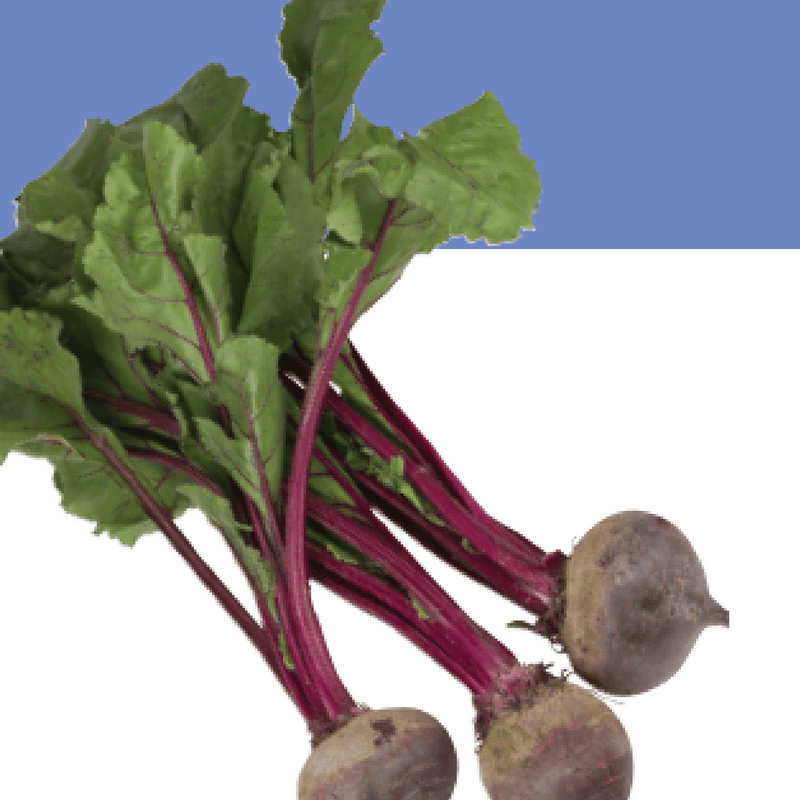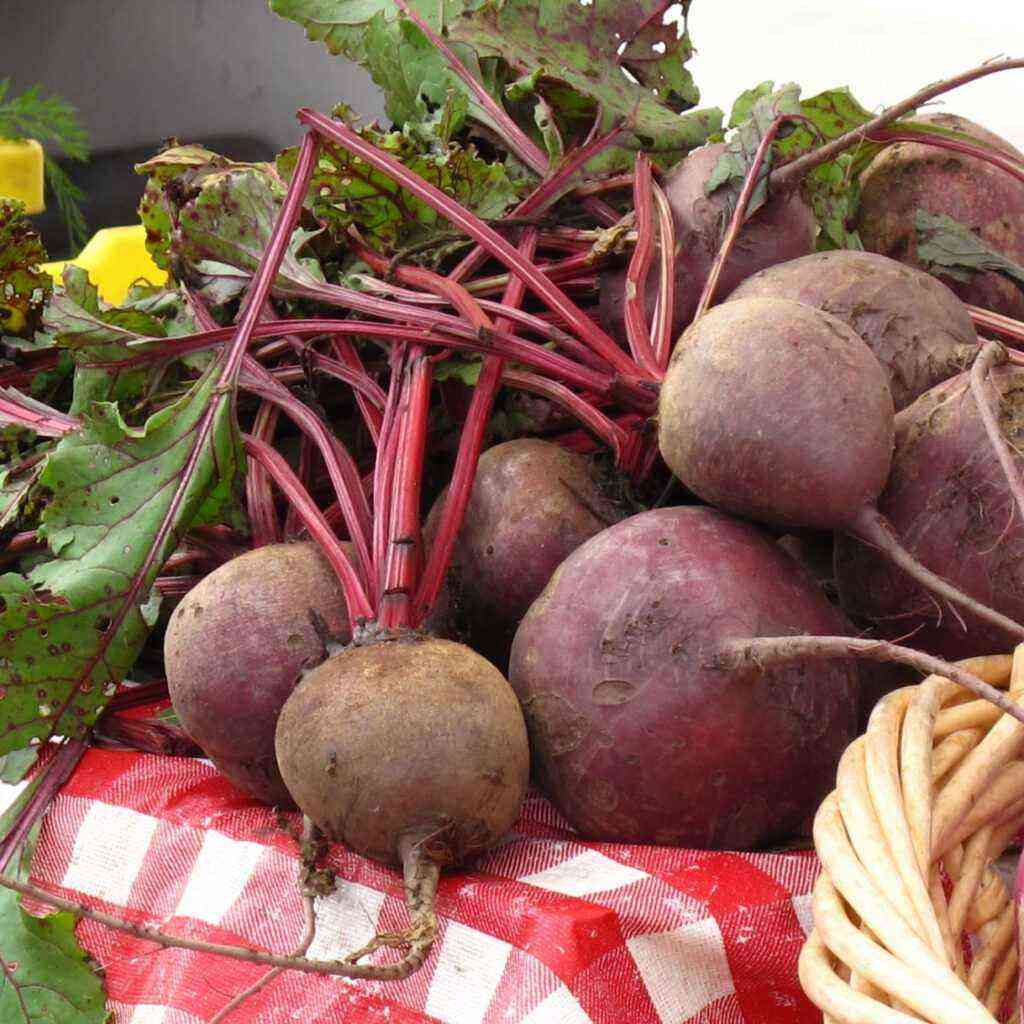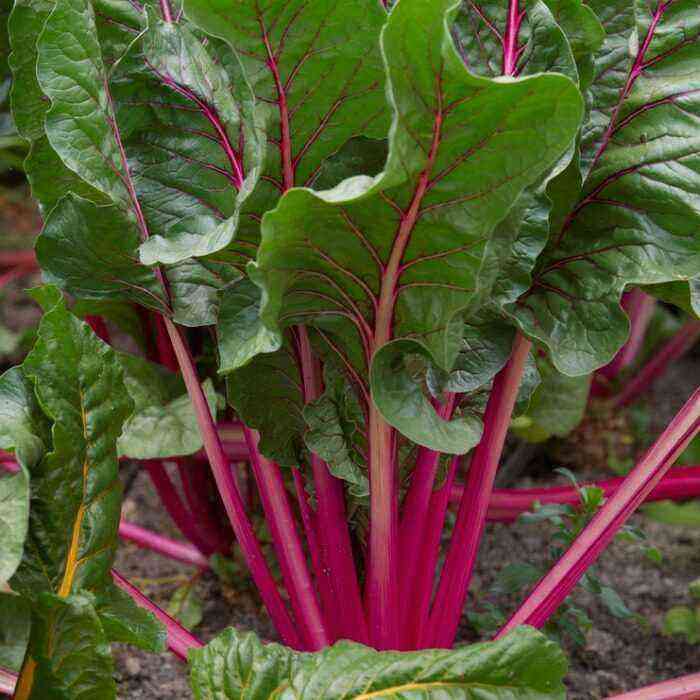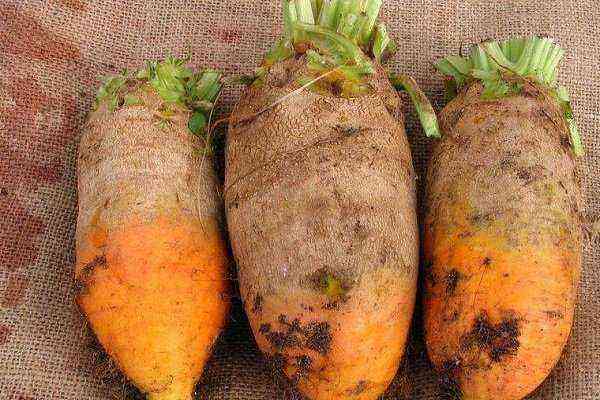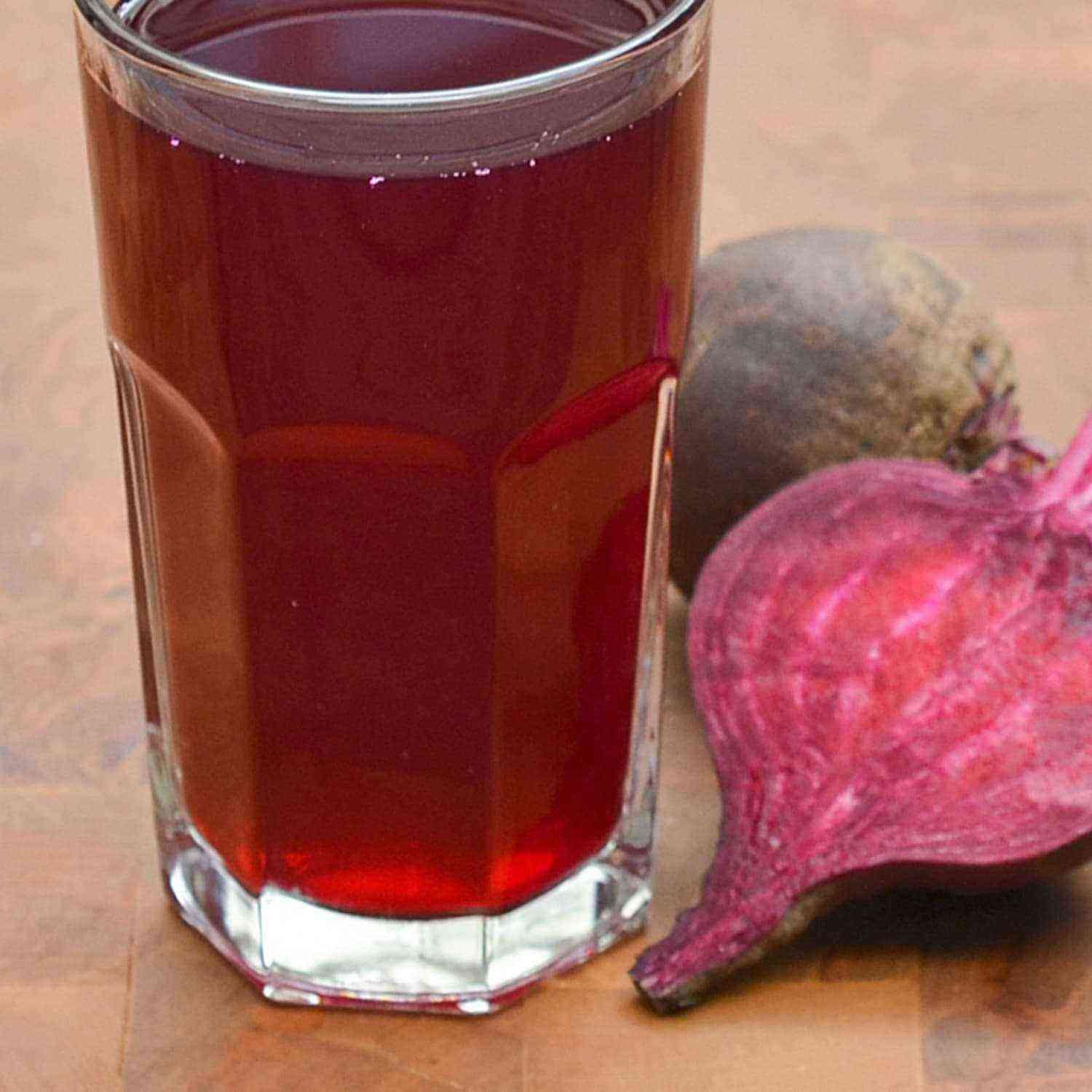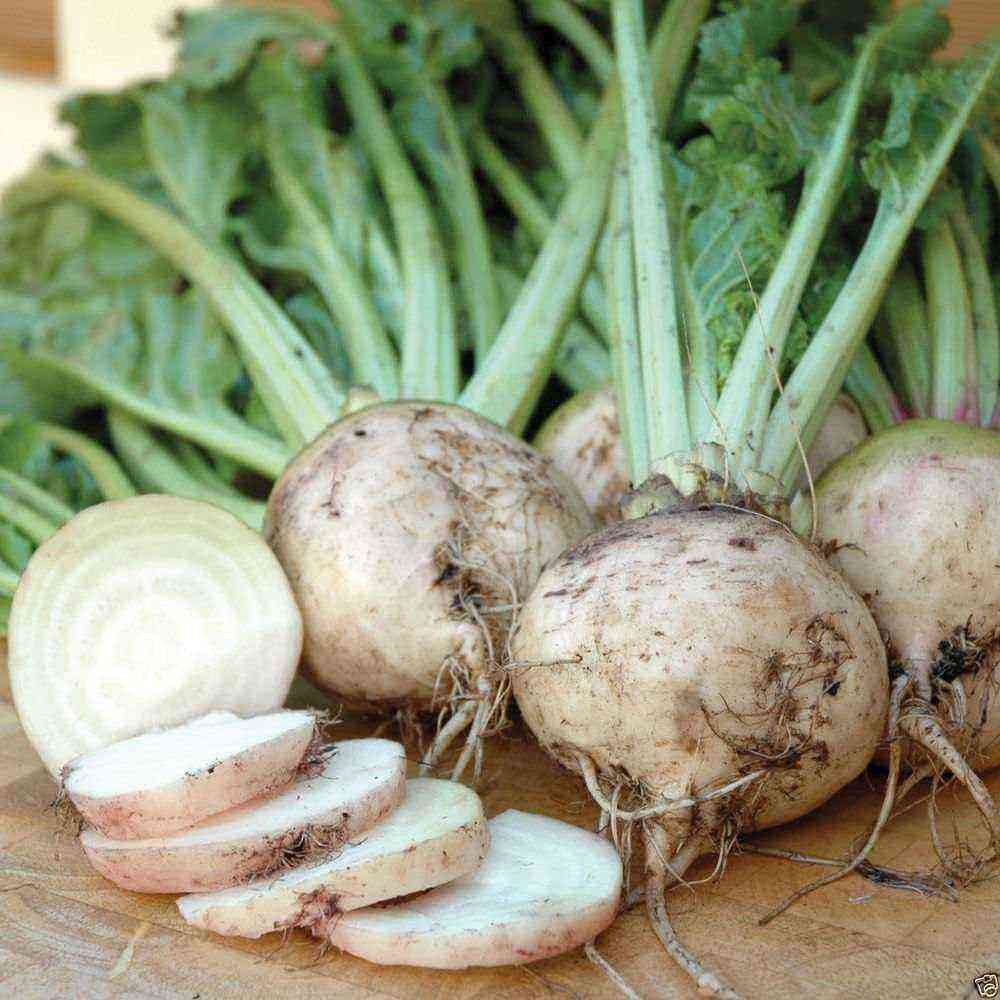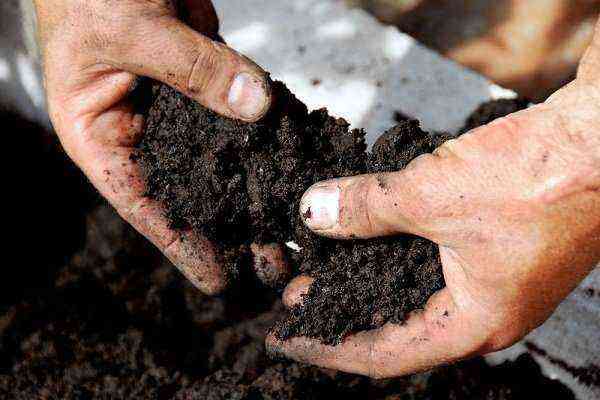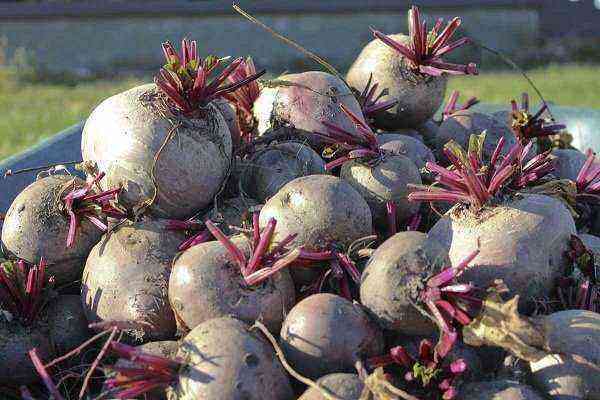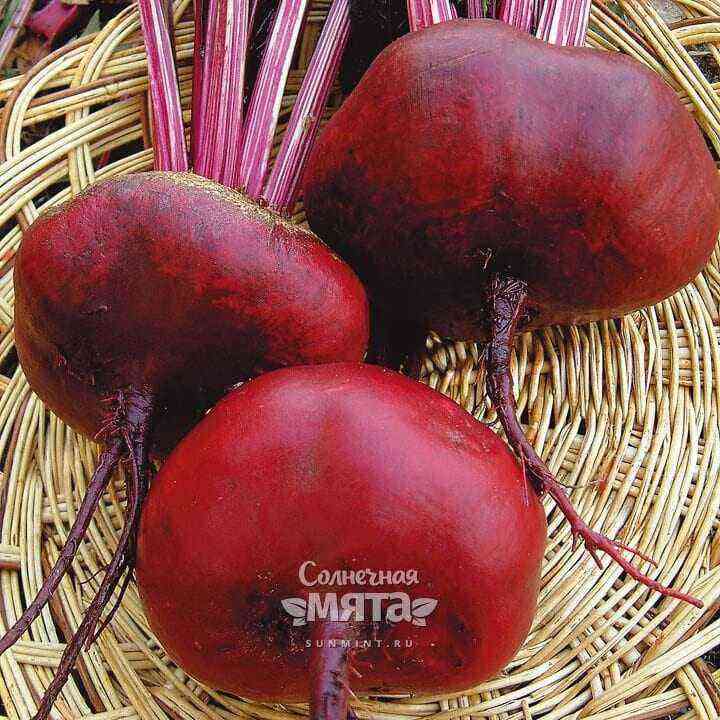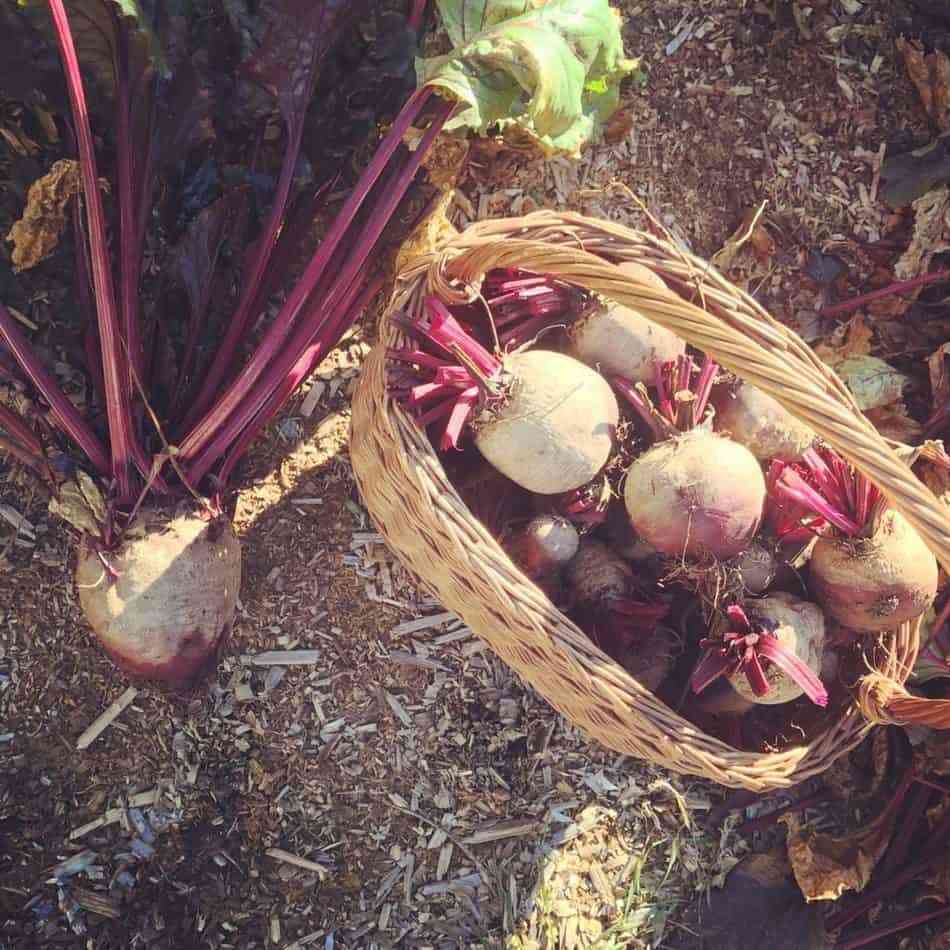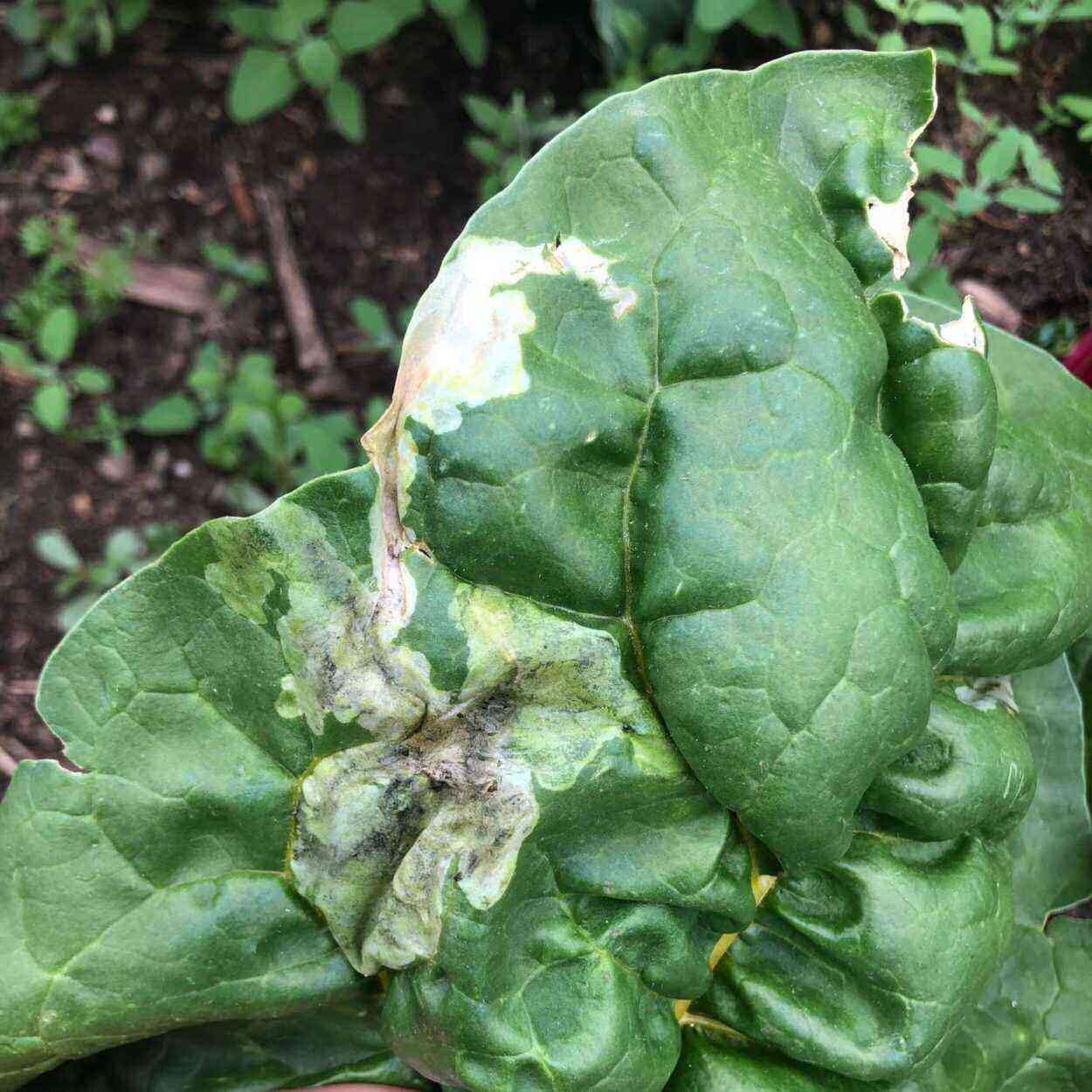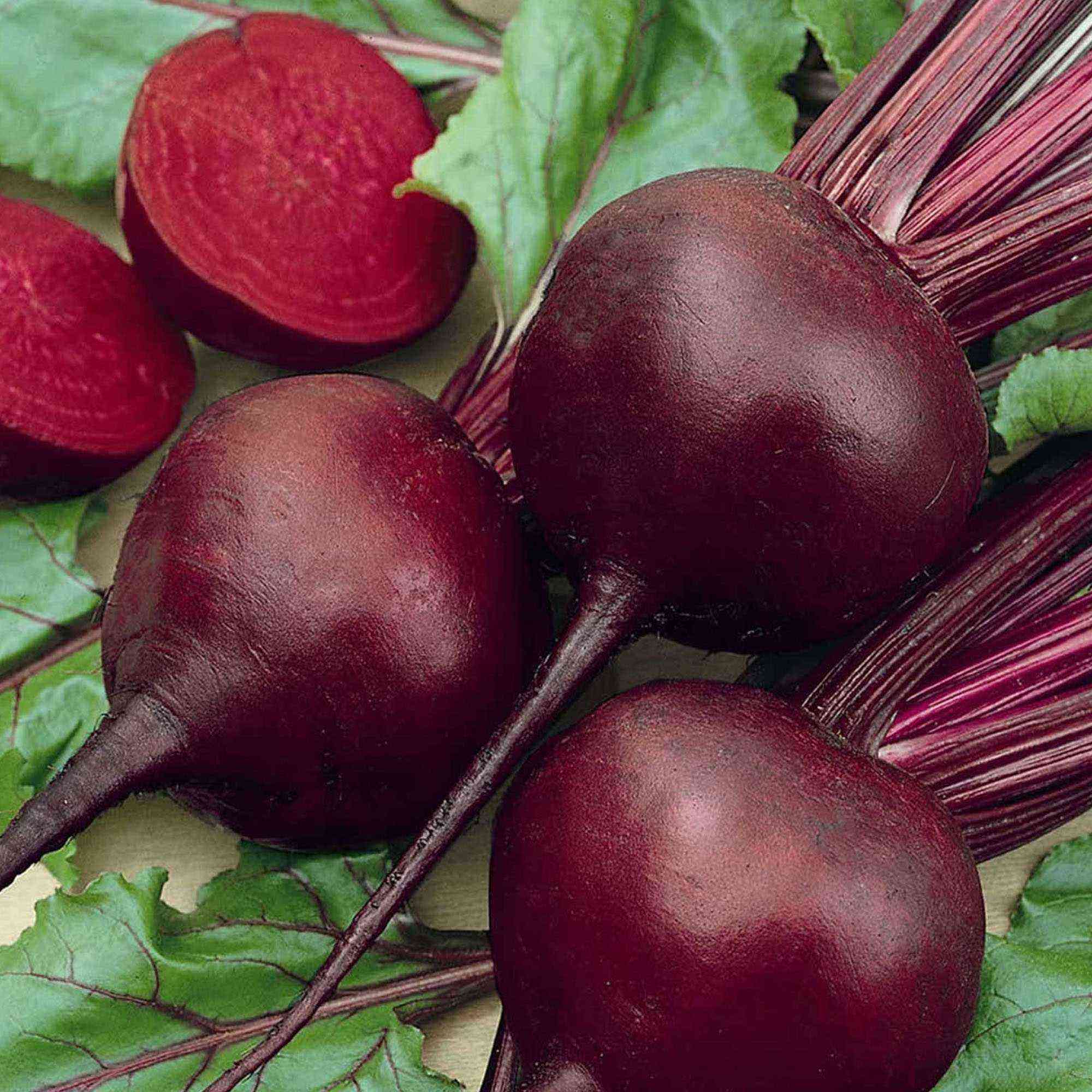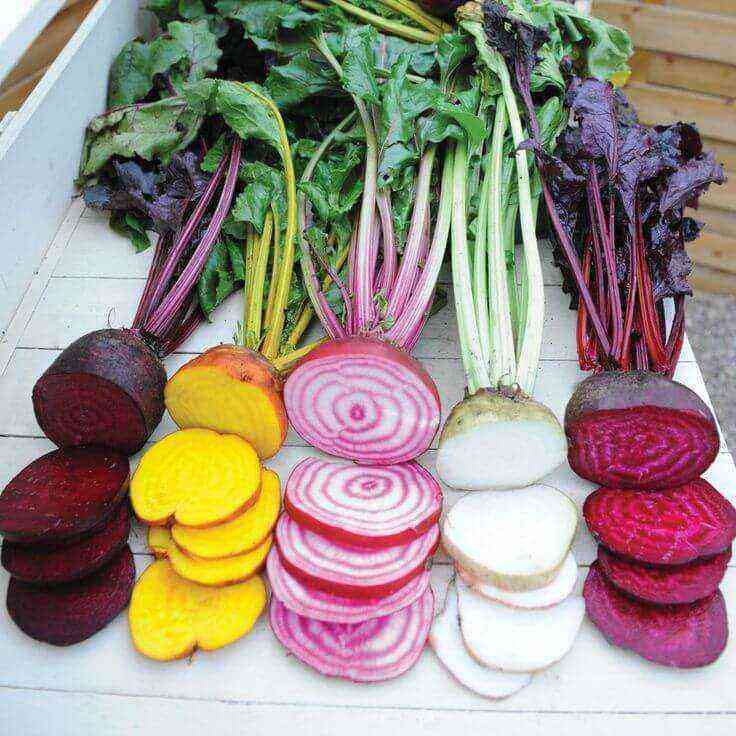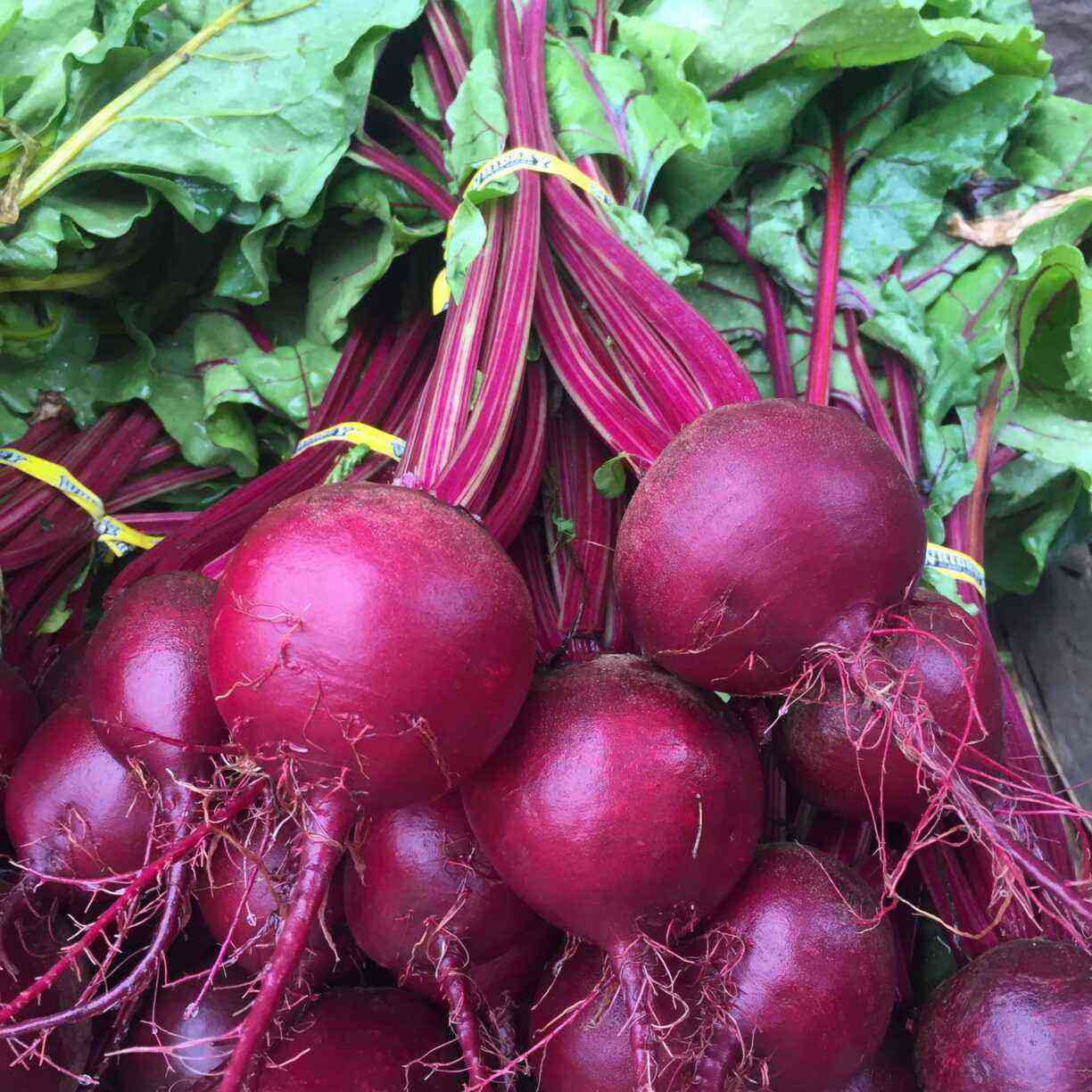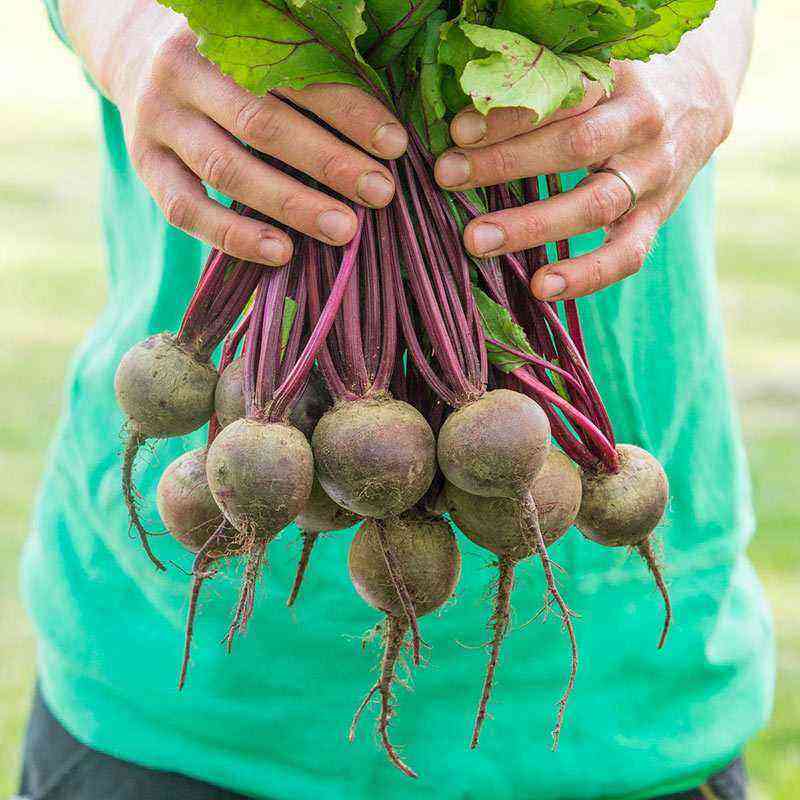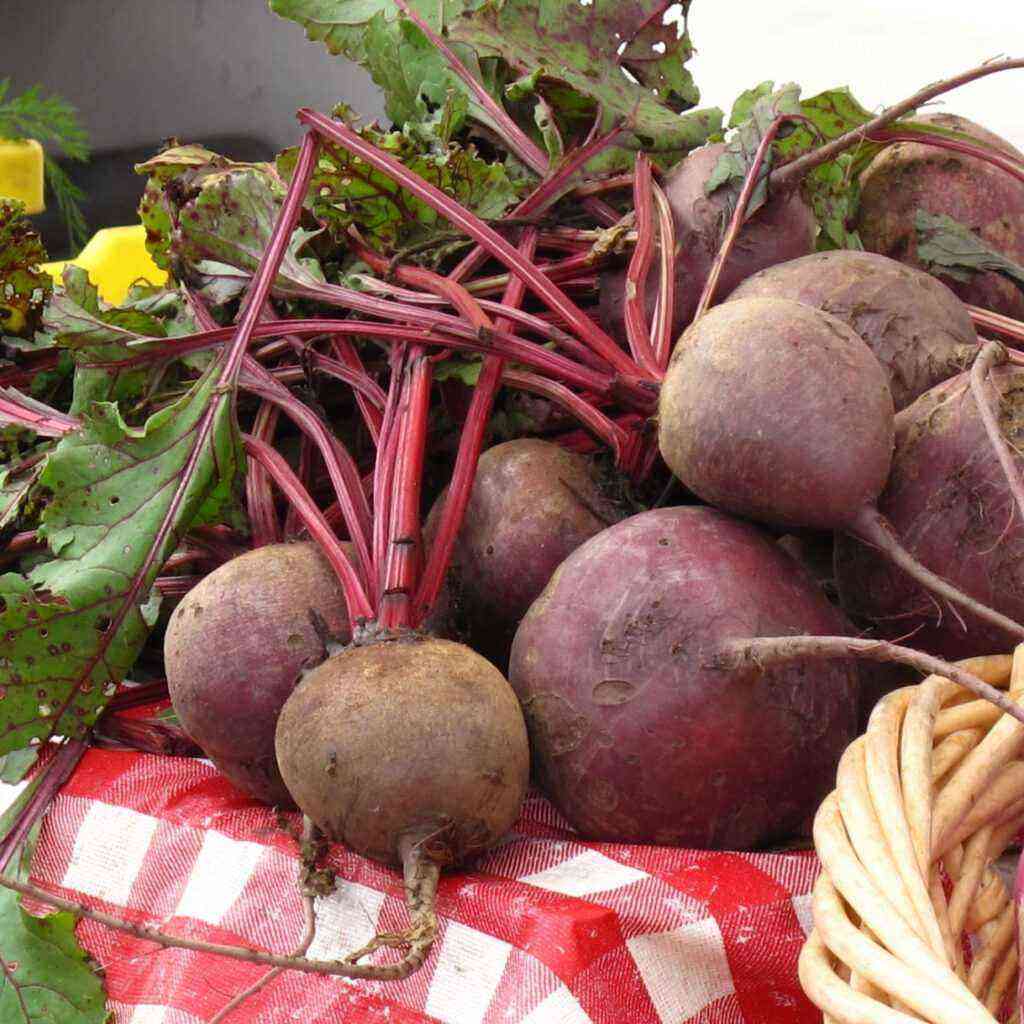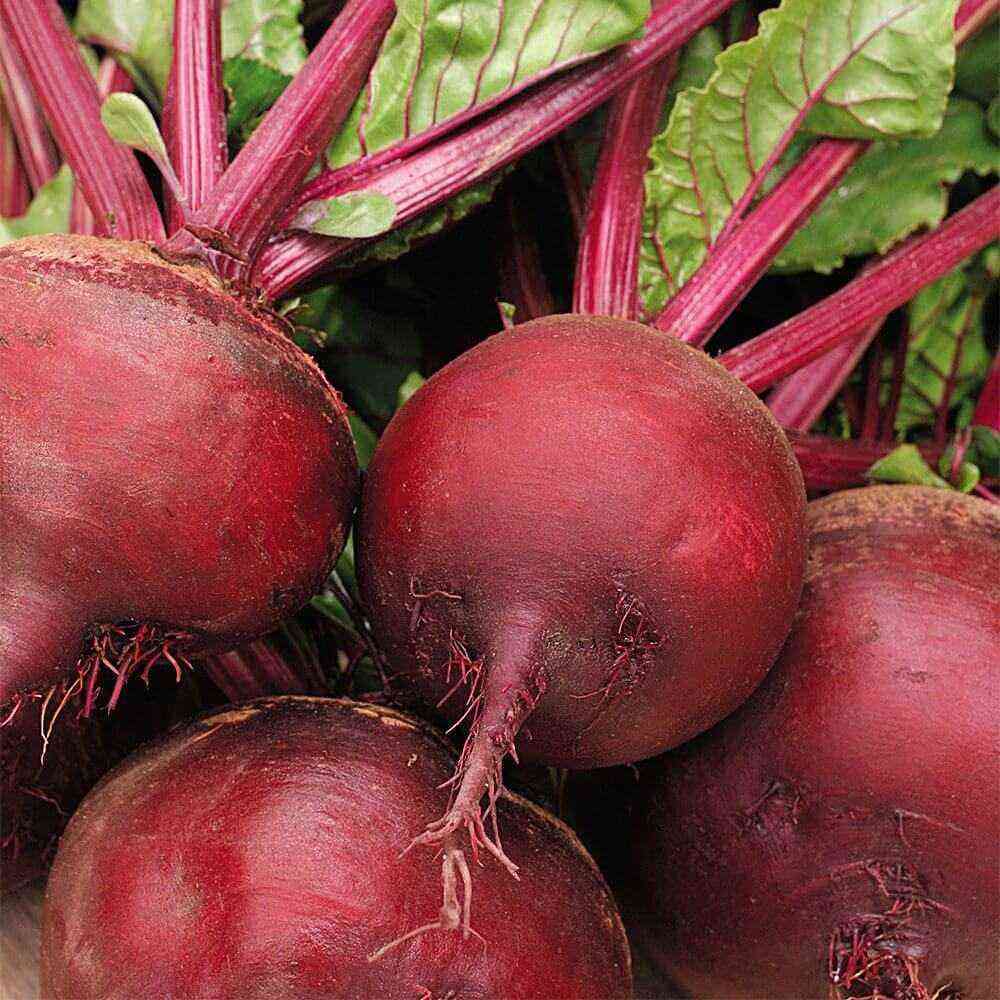In September, gardeners begin to actively harvest beets intended for winter storage. In order for root crops to be well stored and not deteriorate, you need to choose the right time for harvesting, as well as follow the rules for collection and storage.
Is it possible to harvest beets in September for storage?
There are no exact dates for beet harvesting, as they depend on the growing region, its climatic and weather conditions. The variety and even the size of the root crops have a certain influence on the harvesting time.
You can harvest beets in September, but for winter storage, late-ripening varieties are preferable, which are harvested in October – the timing depends on the time of frost in the region.
Beets are recommended to be harvested on warm, fine days – they can be in September and October. The main thing is not to delay the harvesting – the root crops must be removed from the soil before the onset of prolonged rains and frosts. Beets dug out in the rain will not store well.
Features of the September collection
Beets are harvested in September, observing all the rules for collecting root crops. The main conditions for September harvesting are favorable weather and fully ripened root crops.
Rules for collecting beets:
- Only mature root crops that have reached the diameter indicated on the seed package are dug up. Usually ripened beets reach a size of 5-10 cm, and large-fruited varieties – 15 cm.
- Leaves of beets ready for harvest should not be green. Harvesting begins no earlier than the leaves turn yellow and wilt. Otherwise, the digging of root crops has to be postponed.
- Before you start mass harvesting, dig up a few specimens to sample. Examine them. When beets are ready for harvesting, the central root becomes thin, like a rat’s tail.
Cut the fruit – the pulp should be dark maroon, rich, juicy. - Cleaning is done in dry weather, on a cloudy or sunny day, the main thing is that it does not rain.
- Experienced gardeners, starting any business in the garden, check with the lunar calendar. Digging beets in 2021 is recommended from September 1 to 6 and from September 22 to 30 – on the waning moon. It is not recommended to harvest root crops from September 7 to September 21.
Common mistakes when harvesting beets
Mistakes made when harvesting beets respond with rapid spoilage of root crops. This leads, most often, to putrefactive diseases and poor keeping quality.
The most common mistakes when harvesting beets:
- Weather. There are many rainy days in autumn, so it is not so easy to choose the right weather.
- maturity stage. If unripe root crops are removed from the soil, they are very poorly stored even in the most favorable conditions and have a poor taste. It is also a mistake to collect overripe beets – they are prone to cracking.
- Timing. Collection must be done strictly before frost. It should be clarified when the first frosts can be observed in the region in order to remove root crops before they occur.
- Priming. If you pull beets out of hard, dry land, you can easily damage the roots. After that, they are not suitable for bookmarking for storage. To prevent this from happening, the soil that has hardened after a long drought is watered abundantly – it softens and the process of extracting beets is simplified.
Vegetables harvested in the rain are saturated with moisture, watery and tasteless, cracking due to excess liquid.
Gross mistakes made during harvesting cause unjustified crop losses.
Beet harvest
In order for the beets to be well stored until the summer itself, it is important not only to harvest the crop on time, but also to do it correctly. There are a number of rules for harvesting root crops, the implementation of which is a prerequisite for their good keeping quality.
Rules for collecting root crops
Gardeners often argue about how to extract beets from the soil. Some believe that it is better to pull out root crops with your hands, while others actively use auxiliary tools – for example, pitchforks.
The choice of harvesting method largely depends on the condition of the soil. Beets of large diameter are difficult to pull out, especially from dry and hard ground. In this case, it is recommended to use improvised equipment so as not to damage the extracted root crops.
Beet harvesting rules:
- prepare cleaning tools in advance – a sharp knife, a shovel, a box;
- gently loosen the earth around the root crop to make it easier to remove it from the ground;
- work in fabric gloves – you will have to clean the root crops from adhering soil with your hands, you cannot use a knife and other sharp objects;
- be sure to leave the dug out beets for several hours in a dry place – to dry, it is not recommended to wash it;
- cut the tops with a knife, do not break it out by hand;
- leave cuttings 2 cm long;
- carefully cut the roots without affecting the root itself;
- after trimming the tops, do not remove the beets immediately for storage – let it lie down for a while in a room with a temperature of +10 ° C, during which time “wounds”, cracks, microdamages will grow on the root crops;
- the recommended drying and healing time for microdamages is 2-4 days, then transfer the root crops to the basement / cellar.

The tops take nutrition from root crops, and if they are not cut in time, this will affect their quality.
If the beets are harvested in dry weather, they can be dried directly on the beds. In the fresh air, a few hours are enough to dry. In rainy and dank weather, drying indoors is indispensable.
Harvest sorting
The last stage before laying the beets for storage is sorting. Gardeners sort out peeled, dried and trimmed root crops, setting aside specimens that are unsuitable for storage. It is enough to put one damaged root crop in a container with beets so that the whole batch rots.
The beets are sorted very carefully, putting aside the root crops:
- damaged during cleaning;
- rotten;
- with signs of disease.
Large beets, even in perfect condition, are stored worse than medium and small root crops, so they are put in a separate container. The optimal diameter of root crops is 10-12 cm.
The beets stored for storage are sorted by maturity and varieties. Early, mid-season and late beets should be stored in a separate container.
Beet storage
Beets keep well, and unlike carrots, they do not need special conditions. Root crops can be stored in basements, cellars, on balconies, in refrigerators, as well as in pits and trenches (piles).
Beet storage options:
- With potatoes. Below – the first layer, lay the potatoes, and the beets – on top of it. Potatoes do not respond well to high humidity, but beets tolerate it quite well.
Once at the top, the beets absorb excess moisture from the potatoes, such a successful union helps prevent rotting of root crops. - In the clay. This material prevents the reproduction of pathogens and the spread of moisture through the beets. Prepare the solution from oily clay and water so that you get a mixture with the consistency of sour cream. To improve the properties of the composition, add chalk powder.
Immerse each beetroot in clay slurry and set aside to dry. Before using the roots in a clay “shirt”, rinse them well enough. - With absorbent. Place the beets in boxes and sprinkle with one of the materials with absorption properties:
- wood ash;
- river sand;
- chalk;
- table salt.
- In plastic bags. This is the simplest, but inefficient way. The content of root crops in bags promotes the development of bacteria. This storage option is considered economical and is usually used in small cellars.
Make holes in the bags for ventilation. Put them on shelves so that there is no contact with the floor and walls. The maximum amount of beets in one package is 40 kg.
In order for the beets to be well preserved, it is not enough to store them correctly, it is also necessary to create favorable conditions:
- dark room – the penetration of light or sunlight is not allowed;
- optimum temperature – from 0 to +2 ° С;
- there should be no temperature fluctuations;
- humidity level – less than 90%;
- the room should be ventilated – natural ventilation is sufficient;
- the minimum distance of beets from the floor and walls is 10 cm.
If you have to store beets on the balcony, you need to make a homemade cellar storage. To do this, you need to make a box of wood or cardboard. It is upholstered with foam and placed inside a lamp for heating.
How do you store beets?
In wooden boxes
0%
in polyethylene
25%
Another way
62.5%
Show results
Voted: 8
Do they plant beets before winter?
Beets are one of the vegetable crops that grow well when sown before winter. Moreover, winter sowing has many advantages.
Why beets should be sown in late autumn:
- the seeds are hardened, so the plants are hardy, with strong immunity;
- seedlings are resistant to spring return frosts;
- earlier harvest, compared with beets sown in spring;
- no need to process the seeds before sowing – they are simply buried in the soil;
- time is saved in the spring – you have to work less in the beds;
- no need to choose the time for planting beets in the spring – gardeners are often not sure about the timing of sowing.
Podzimnaya beet is intended for the summer period, it is not stored for storage, as it ripens very early. Early-ripening varieties are planted in autumn, resistant to cold and the formation of arrows.
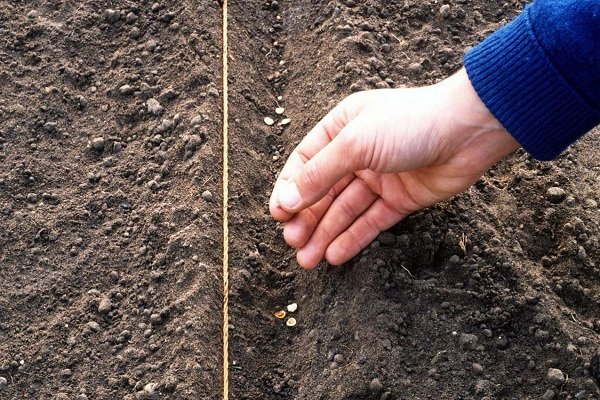
In areas characterized by thaws and return frosts, it is better not to sow beets before winter – it is problematic to obtain a crop under such conditions. With such climatic features, it is better to sow beets in the spring.
The best varieties for winter sowing:
- Red ball. Early cold-resistant variety with round fruits. Average weight – 250-300 g. Root crops are dark burgundy, with sweetish pulp.
- Podzimnaya A-474. Early beets with oval-rounded roots. Color – dark burgundy. Weight – 200-300 g. It has a good taste and keeping quality.
- The incomparable A-463. Mid-season beets with high immunity, not prone to shooting, lying. The pulp is dark red, with high palatability.
- Bordeaux 237. A variety with medium early maturation and excellent taste. Roots are dark purple. Weight – 250-450 g.
- Northern ball. Early cold-resistant beetroot, not prone to flowering, maturation. The weight of root crops is 150-350 g.
September is generous with warm sunny days, which means it is a great time to harvest beets. If you follow the rules of harvesting and storage, root crops harvested in early autumn have every chance of safely lying until the next harvest.
